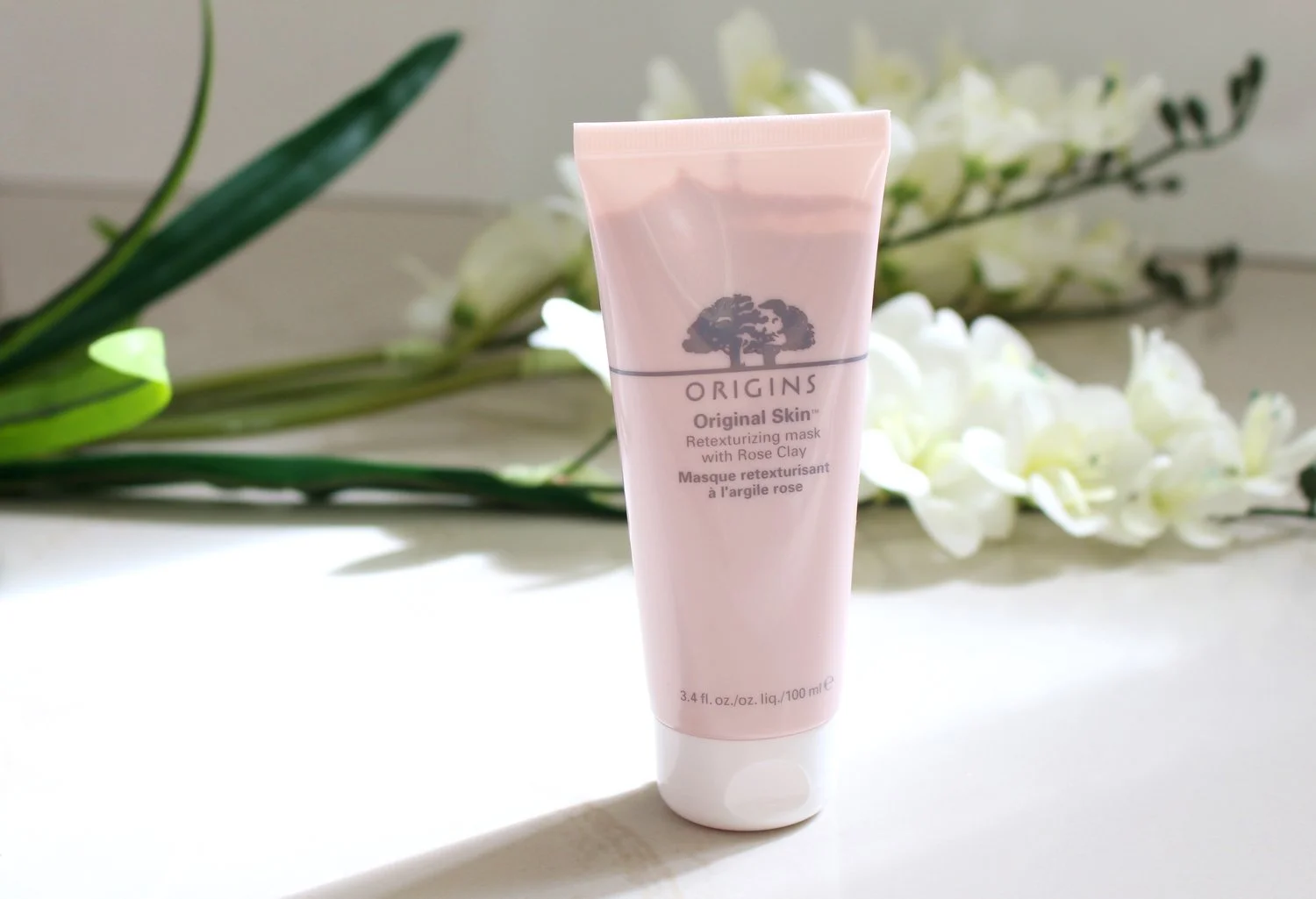The ultimate guide to clay masking: What to use and expect
Before we discovered the wonders of sheet masking, pampering our skin conjured images of green goop-covered faces with cucumber slices placed over the eye area. Yup, we're talking about clay masks! Clay is a soft, loose, naturally-occurring material that is rich in minerals. It is also very absorbent, which is why it's frequently used in skincare to draw out deep-seated impurities that simple cleansing can't reach. It's a great ingredient for unclogging pores and thus reducing pimples, whiteheads, and blackheads. Some even have brightening properties!
Now before you say that clay masks are only for oily skin, the truth is that clay can actually be used by all skin types. Even those with dry or sensitive skin can take advantage of the benefits of clay masking - as long as you find the right type of clay for your skin condition! Here are some of the most common ones.
Bentonite: Good for normal to oily
Bentonite comes from volcanic ash, and is so absorbent that it’s used a lot in industries as well as absorbents such as cat litter. Bentonite comes in different forms, but calcium bentonite is the most popular clay for the skin. This clay sucks up excess sebum easily, helps clear out acne, and tightens the skin. It’s also been known to be helpful in combating fungal infections and other skin conditions such as eczema. The cult favorite Aztec Secret Indian Healing Clay (P525 at Healthy Options) is actually made up of 100% calcium bentonite.
Fuller’s Earth: Good for normal to oily skin types
Fuller’s earth clay is another powerful absorber that it's even used for cleaning up oil spills on the pavement. It also has some brightening properties but it can be very drying, so people with less than oily skin should limit usage to once a week only. You can find this type of clay in the Lush Ayesha Fresh Face Mask (P420 at Lush), which is also touted to lessen the appearance of wrinkles.
Kaolin: Good for all skin types
Kaolin comes in different colors, each with different abilities. Red kaolin clay is the most absorbent, making it ideal for oily skin. Yellow kaolin clay is not as drying and absorbent as red clay, while white kaolin clay is the most gentle, making it suitable for dry and sensitive skin. Some clay masks combine red and white kaolin clay to make pink or rose clay. This results in an absorbent mask that is not too drying, like the Origins Skin Retexturizing mask with Rose Clay (P1,500 at Origins).
French: Good for sensitive skin
Also called sea clay or illite clay, French clay gets its green color from kelp and algae. It was first found in France but it is now sourced all over the world. It has anti-inflammatory properties that make it suitable for allergic reactions and sunburns. You can get a bag of pure French Clay from local brand Bare Essentials for just P270.
Rhassoul: Good for dry and sensitive skin
Mined from the mountains of Morocco, rhassoul or ghassoul clay is rich in minerals and feels smooth to the touch. Its texture makes it a hit in luxury spa treatments. This clay provides deep exfoliation while still being hydrating at the same time. I got to try this with the L'Oreal Pure Clay Mask Anti-Pores (P399 at L'Oreal) though it was labeled as "Moroccan Lava Clay", and enjoyed using it.
Keep in mind that these designations per skin type are not absolute. Many masks in the market are combinations of two or more different types of clay, such as bentonite mixed with kaolin. The Innisfree range of masks and the Queen Helene Mint Julep (P329 at Healthy Options) are examples of this combination. Different combinations can make a clay mask more or less hydrating, while other masks are also infused with essential oils to make them more hydrating.
More recently, brands have been coming out with other types of masks. Carbonated face masks like the Elizavecca Carbonated Bubble Clay Mask (P550 from Althea) have become quite popular. Elizavecca’s mask is basically bentonite and charcoal powder, but it produces carbonated bubbles that help cleanse the skin better.
Once you've decided on the type of clay mask that's right for you, it's time to maximize your clay masking session with two important tips.
- Misting your face with water to prevents the mask from drying up. It’s a misconception that you have to wait for the mask to fully dry to get results. Once you've had it on for the prescribed amount of time, you can already remove it even before it dries up! This is especially important for people with sensitive skin, as the clay mask can dehydrate the skin once it’s dry. Instead, spray your face with some water when you feel that it’s starting to dry out to keep it active. You can repeat this process for up to four times and then remove the mask completely while it’s still slightly sticky.
- Apply your clay mask only where you need it, or combine different types of masks - this is called multi-masking. Some people prefer to just use clay masks on the oily parts of their face (such as the T-zone), or use different types of clay masks for different parts of the face. For example, you can use a more absorbent mask on your T-zone and apply a gentler, more hydrating one on your cheeks if you experience dryness there.
Clay masking is usually recommended for once a week application, and it can be a great way to treat yourself to inexpensive DIY self-care. Have you ever tried clay masking? What clay masks do you like?
Sources: Good Health Academy, Stylecaster, Helloglow, BeautyGeeks






